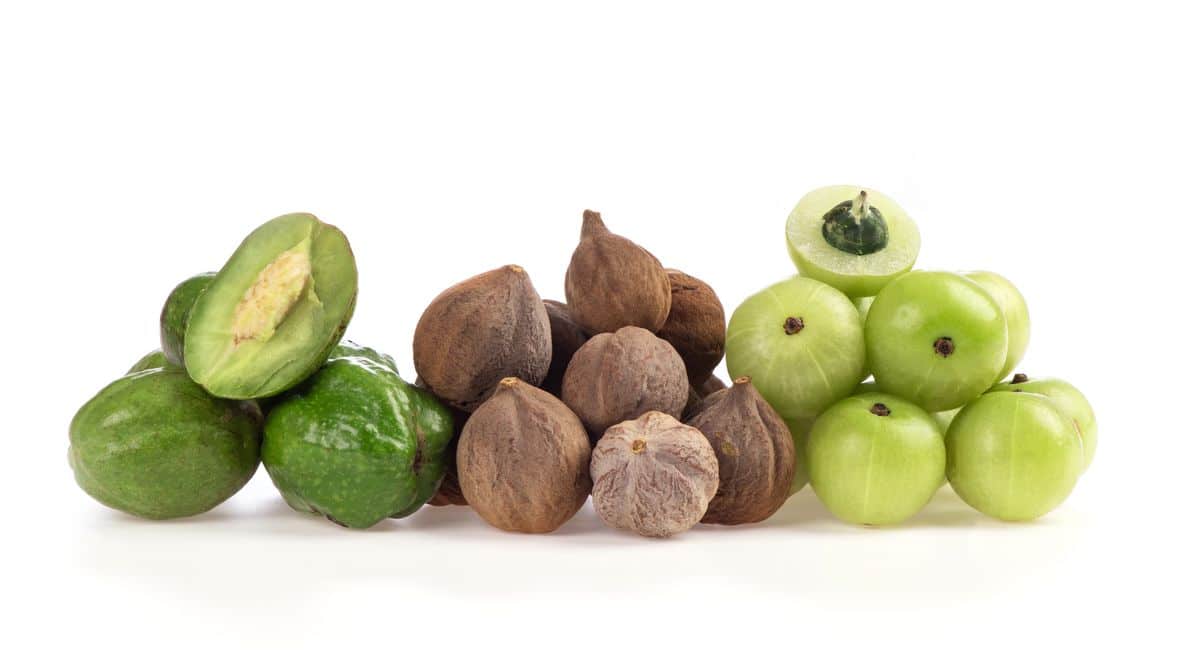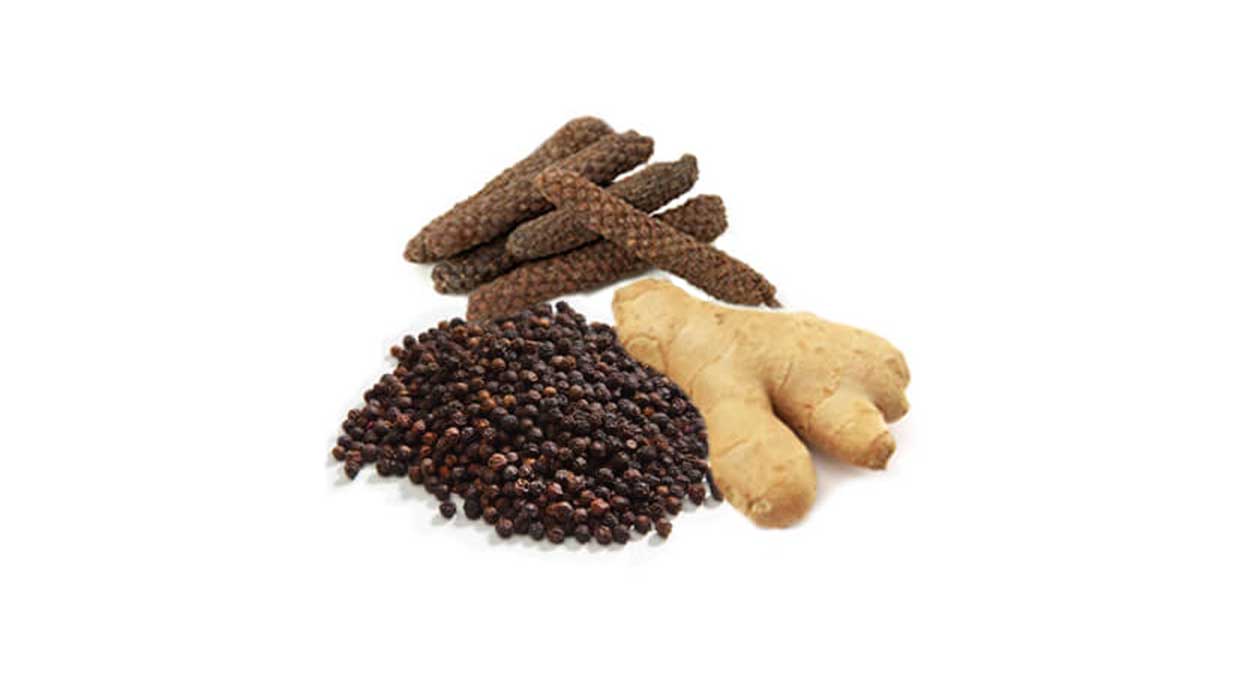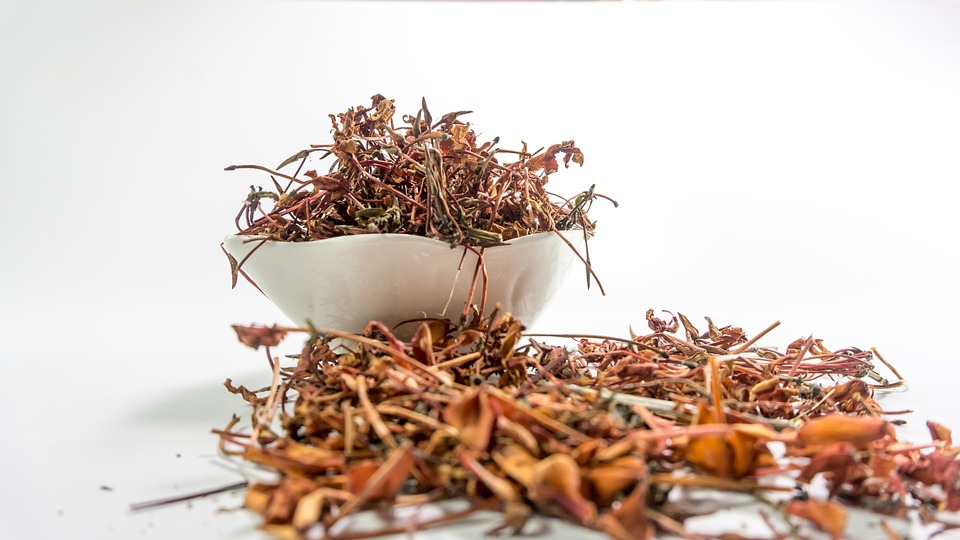Ayurveda is one of the oldest health sciences that originated in India and is practiced worldwide. In Ayurveda, nutrition plays an important role. Furthermore, the power of foods is most powerfully demonstrated when they are eaten in the right combination according to the type of person eating them. With the right balance of nutrition and taste, your health can be restored. The following Ayurvedic herbs have a long history of traditional use and are rapidly gaining recognition and popularity. We hope you will find them helpful in supporting your health!
1) Ashvagandha
Ashvagandha is a shrub, the literal translation of which means “horsepower”. Ashwagandha is also known as “Indian Ginseng”. The root has been used for thousands of years for its medicinal properties. Ashwagandha is known to increase stamina and strength and help with insomnia. Ashwagandha has also been associated with suppressing stress and anxiety due to its sedative properties.
2) Holy basil
This plant, also known as “Tulsi”, is considered sacred by many Indians and can be found in many gardens there. The main constituents of holy basil are similar to oregano and have anti-inflammatory, antipyretic, and analgesic properties. Sacred basil has been found to have antitussive properties in classical Ayurveda and has been shown to reduce stress levels.
3) Triphala
Triphala means “three fruits” in Sanskrit and is extracted from Bibhitaki (Terminalia belerica), Haritaki (Terminalia chebula) and Amalaki (Phyllanthus Emblica). Thus Triphala is not a single plant, but a combination of plants that have existed in Ayurveda for thousands of years.
The use of Triphala is based on the Ayurvedic principle that disease develops, mainly when the digestive system is not functioning correctly. Therefore, Triphala can aid digestion, reduce bloating, and combat chronic constipation.

4) Bitter Gourd
Bitter gourd is essential for people with diabetes because it naturally lowers blood sugar levels. Many studies have shown how bitter gourd can balance blood sugar levels.
Bitter gourd is often drunk as tea or eaten as a fruit, but of course, it can also be cooked.
5) Turmeric
Turmeric is one of the biggest treasures in Ayurveda. Thousands of years ago, yogis recommended its consumption. In recent years, there has been a great deal of research on the benefits of turmeric. It has been found that consuming turmeric has many health benefits, including a positive effect on brain function and antioxidant properties. Turmeric has anti-inflammatory and anti-carcinogenic properties, essential for purifying the blood and maintaining healthy skin.
Of course, turmeric can be used in the kitchen as well. Turmeric powder is not easily absorbed, so it is recommended to use it with black pepper and mix it with oils such as coconut oil or olive oil.
6) Trikatu
Trikatu means “three spices” and combines Ginger, Black Pepper, and Long Pepper. Trikatu enhances nutrient absorption and breaks down metabolic sluggishness. However, the herb can also help with indigestion, respiratory problems, obesity, and skin disorders. In India, Fenugreek is used in cooking and medicine.

7) Gymnema Sylvestre
Gymnema leaves, or Gymnema Sylvestre is a shrub that grows in the wild forests of India, Africa, and Australia. Ayurveda uses its medicinal leaves to reduce sugar cravings, lower blood sugar levels, aid in weight loss, and reduce inflammation. Clinical trials are currently underway to use Gymnema sylvestre’s hypoglycemic properties as a treatment for diabetes. Gymnema Sylvestre can be consumed in capsules or tea from dried leaves or as a dietary supplement. It is best to boil the leaves for 5 minutes and let them sit for 10-15 minutes before drinking.
8) Fenugreek
Fenugreek is an herb native to the Mediterranean, southern Europe, and western Asia.
Fenugreek seeds have long been used in Ayurveda to combat skin diseases, improve breast milk production, improve male sexual function, suppress appetite, cholesterol levels, heartburn, and inflammation. Fenugreek is best taken as a tea, with the seeds lightly crushed and mixed with hot water. It can also be used to flavor many dishes, including sauces, curries, vegetable dishes, and soups.
Have you ever tried any of these? Let us know in the comments below!


